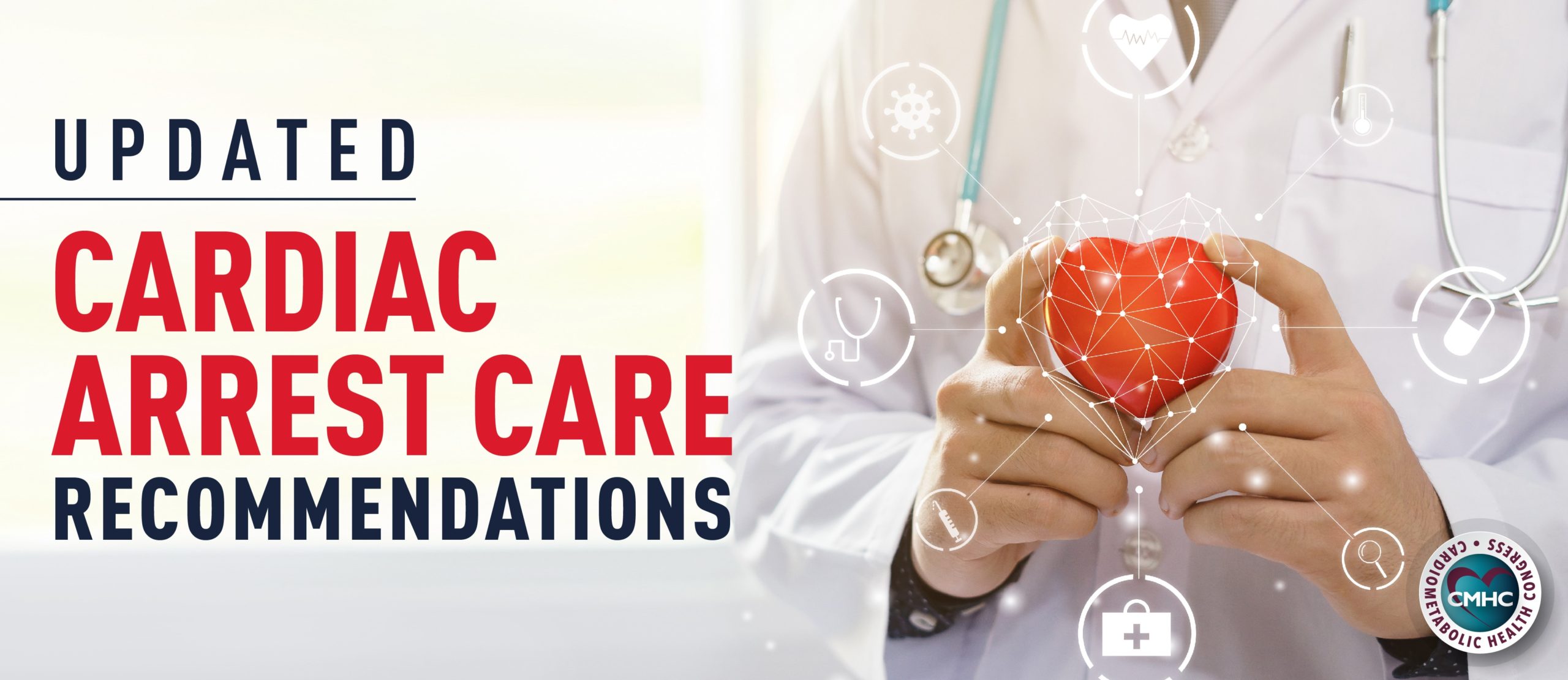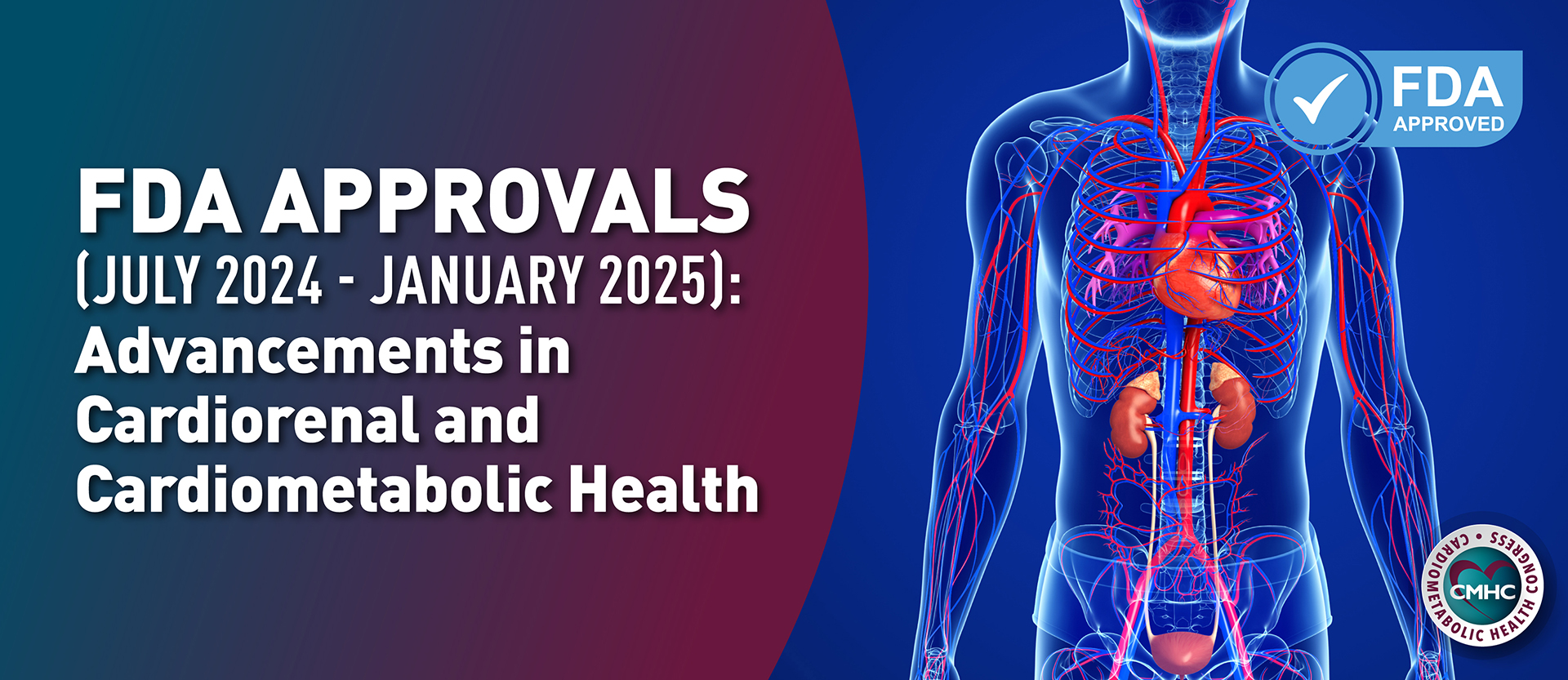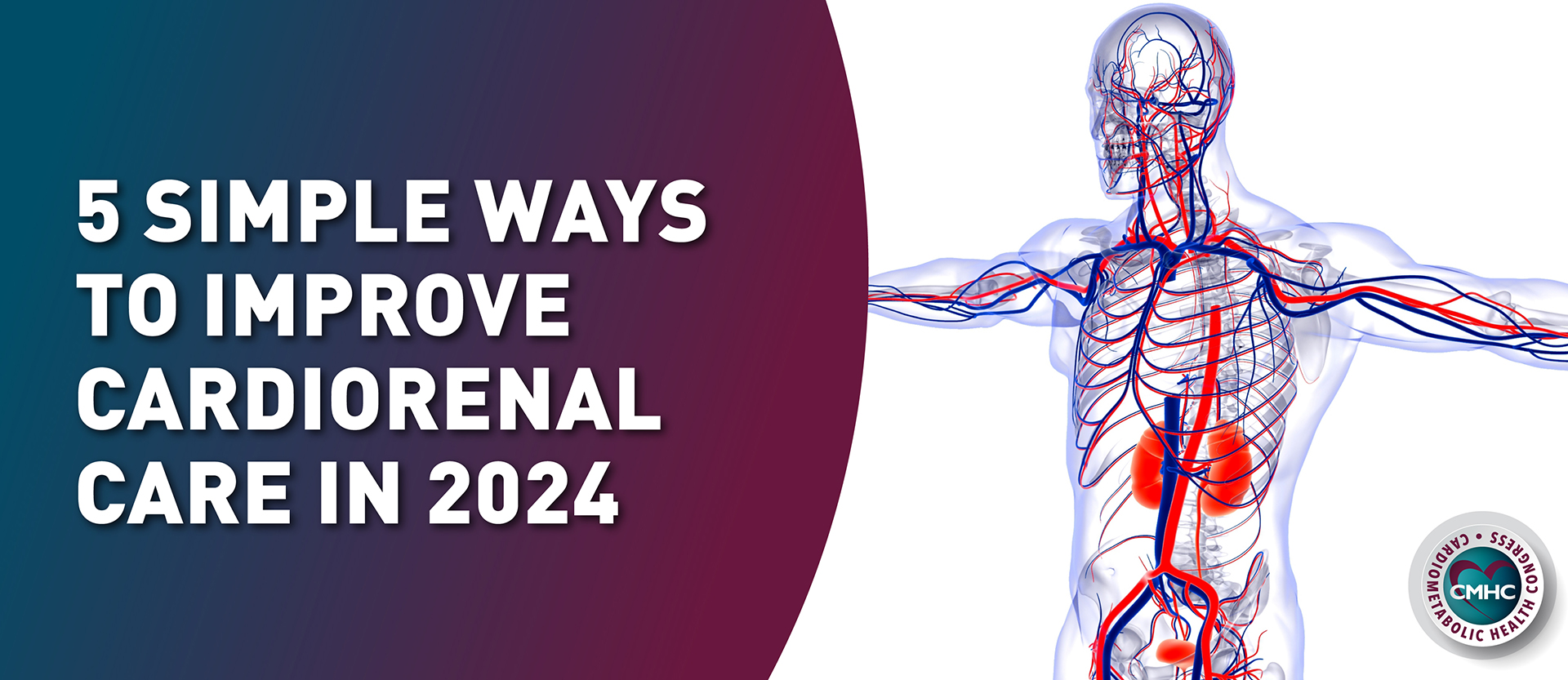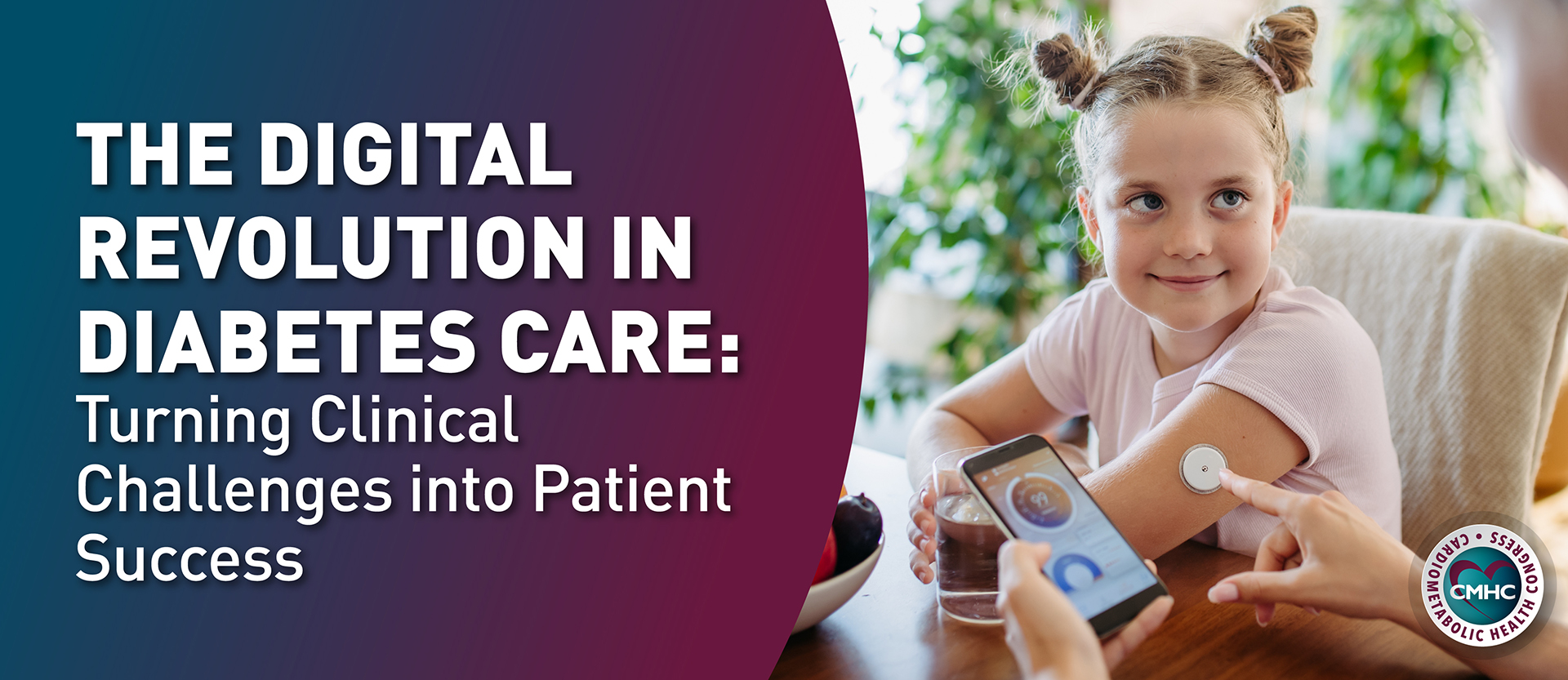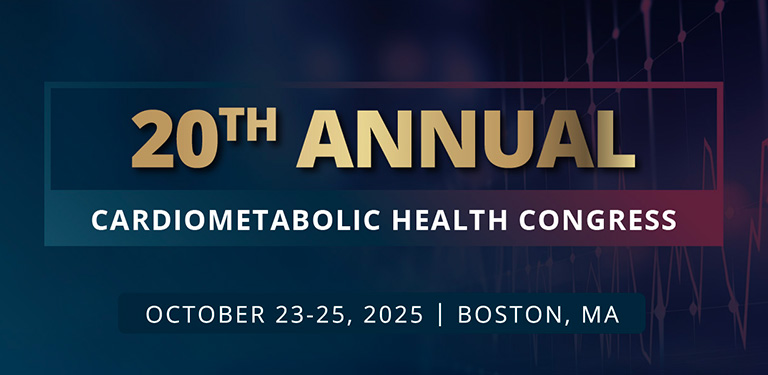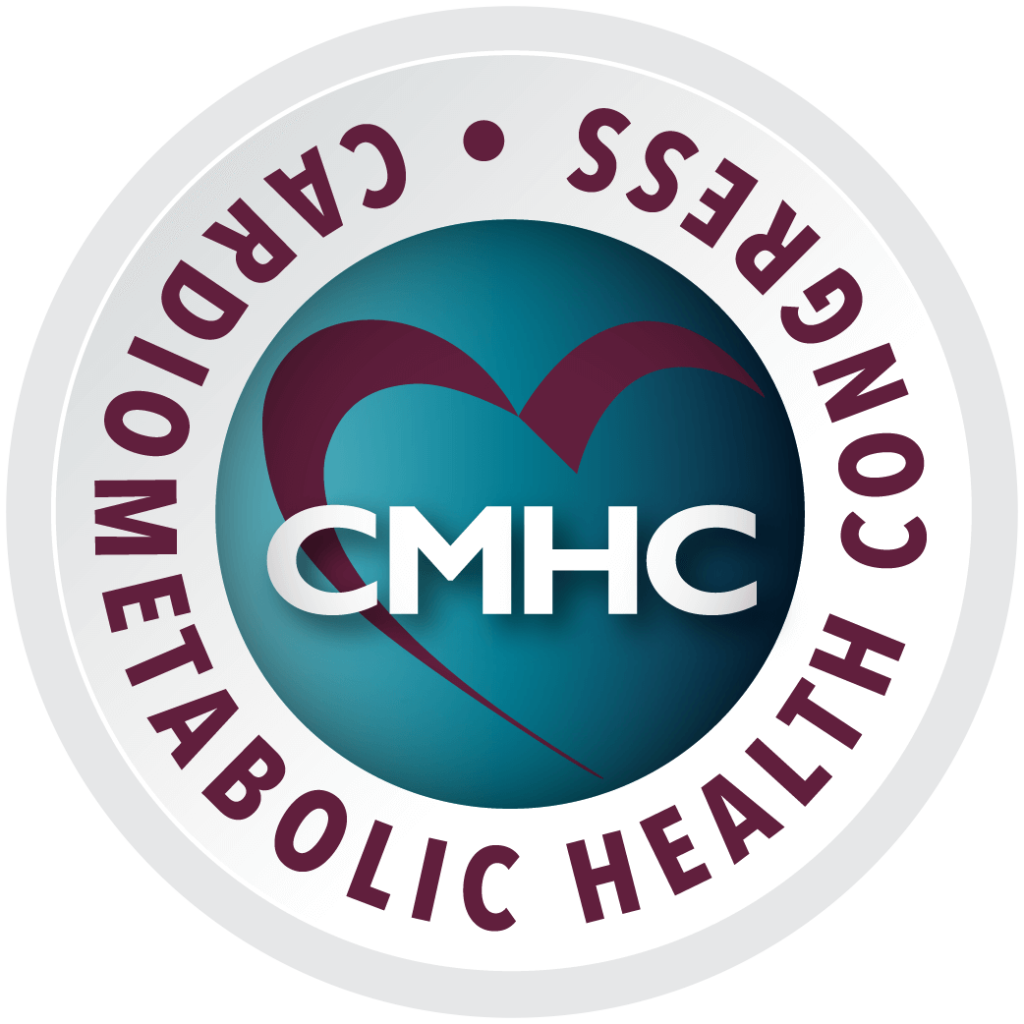Emergency medical services respond to over 347,000 cardiac arrest incidents per year, while the condition remains a leading cause of mortality and morbidity in the United States and worldwide. To assist clinicians in the treatment and care of these patients, the American Heart Association (AHA) releases regularly updated resuscitation guidelines for cardiac arrest survival, which have now been made available in a supplemental Circulation article.
The latest recommendations found in the 2020 Guidelines for Cardiopulmonary Resuscitation (CPR) and Cardiovascular Care emphasize the need for extended care outside of in-hospital and out-of-hospital restoration of the heartbeat; survival after cardiac arrest requires an integrated approach of people, training, equipment, and systems of care. An additional “recovery phase”– addressing treatment, surveillance, and rehabilitation – has been added to the Chain of Survival.
“Recovery expectations and survivorship plans that address treatment, surveillance, and rehabilitation need to be provided to cardiac arrest survivors and their caregivers at hospital discharge to address the sequelae of cardiac arrest and optimize transitions of care to independent physical, social, emotional, and role function,” the authors wrote.
Emotional Recovery
The guidelines stress the need for a structured assessment of anxiety, depression, post-traumatic stress, and fatigue in cardiac arrest survivors as well as their caregivers. They also recommend cardiac arrest survivors are engaged in a multimodal rehabilitation assessment and receive treatment for physical, neurological, cardiopulmonary, and cognitive impairments before being discharged from the hospital. It is essential to recognize the significant emotional toll cardiac arrest has on both patients and their caregivers. As such, emotional recovery needs to be prioritized. Cardiac arrest survivors and their caregivers need to receive comprehensive, multidisciplinary long-term recovery and treatment plans upon discharge, which should include medical and rehabilitative treatment recommendations as well as mental health support.
CPR Training and Education
Given the socioeconomic disparities in CPR prevalence, CPR training and resuscitation education should be increasingly tailored to target the layperson, specific racial populations, and barriers that limit bystander CPR for female victims. Through educational training and improved public awareness efforts the likelihood of successful resuscitation efforts will rise. Replacing the prior recommendation of checking for pulse before beginning resuscitation, the new AHA guidelines highlight the need for CPR whenever cardiac arrest is suspected, due to the low risk of harm to a victim receiving chest compressions when not in cardiac arrest.
Updated Guidelines for Pregnancy and Children
In addition, the 2020 guidelines outline new recommendation for cardiac arrest care in children and pregnant women, including the following:
- Children are now included in the recommendation to have CPR prioritized over naloxone administration in case of suspected respiratory or cardiac arrest related to opioid overdose.
- Pediatric patients in particular should receive compression ventilation CPR, in which case rescue breaths should be targeted to 20-30 breaths per minute.
- Fetal monitoring should not be conducted during cardiac arrest in pregnant patients due to potential interference with maternal resuscitation.
- Comatose pregnant women should receive targeted temperature management with continuous monitoring of the fetus for bradycardia as a potential complication.
Finally, guidelines specific to the COVID-19 era have been outlined in interim guidance to better educate healthcare professionals as well as the general population on current recommendations issued to prevent viral transmission.


